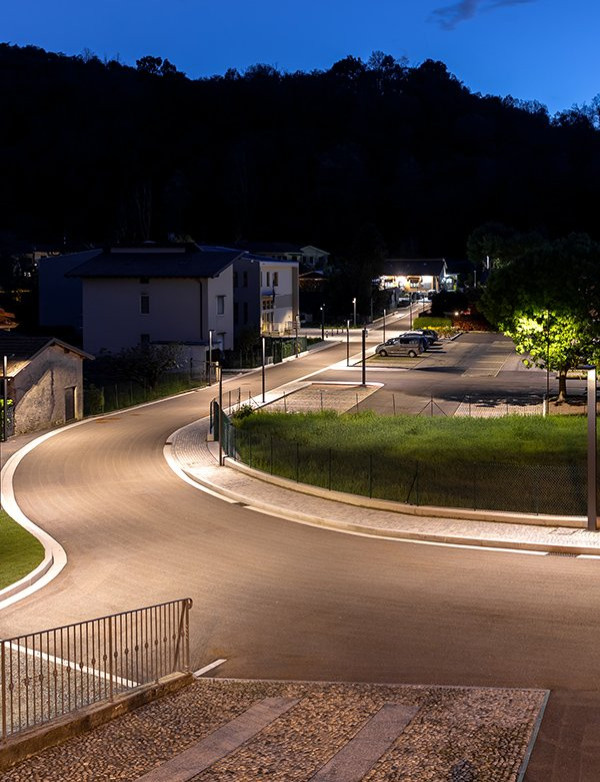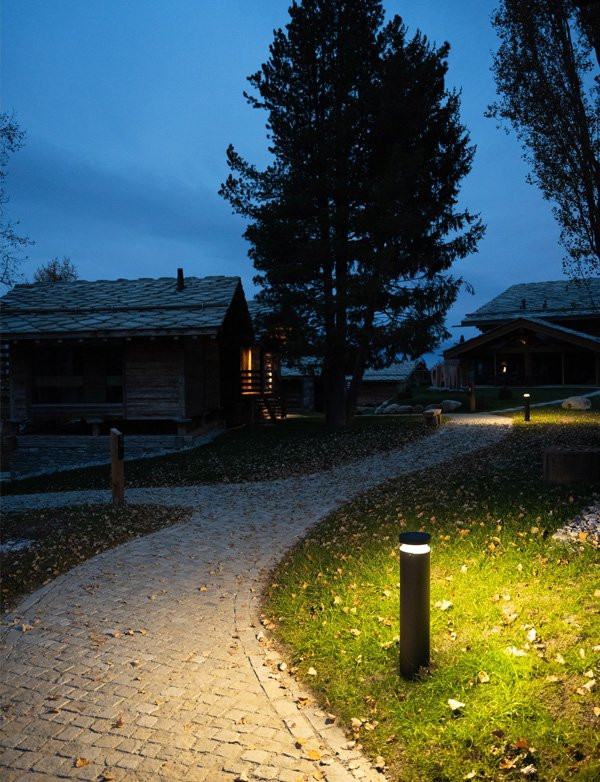There are two objectives: to render public illumination energy efficient and to contain costs, in line with European directives and objectives.
The operation, which began in the summer of 2016, will be completed by the end of the year. The financial savings for the city, according to estimations by Acea, amount to approximately 19 million euros per year and a payback period of less than three years. A successful project, designed and made in Italy, which involves innovative Italian companies such as the Cariboni, which has always made the search for excellence and innovation one of its prime objectives.

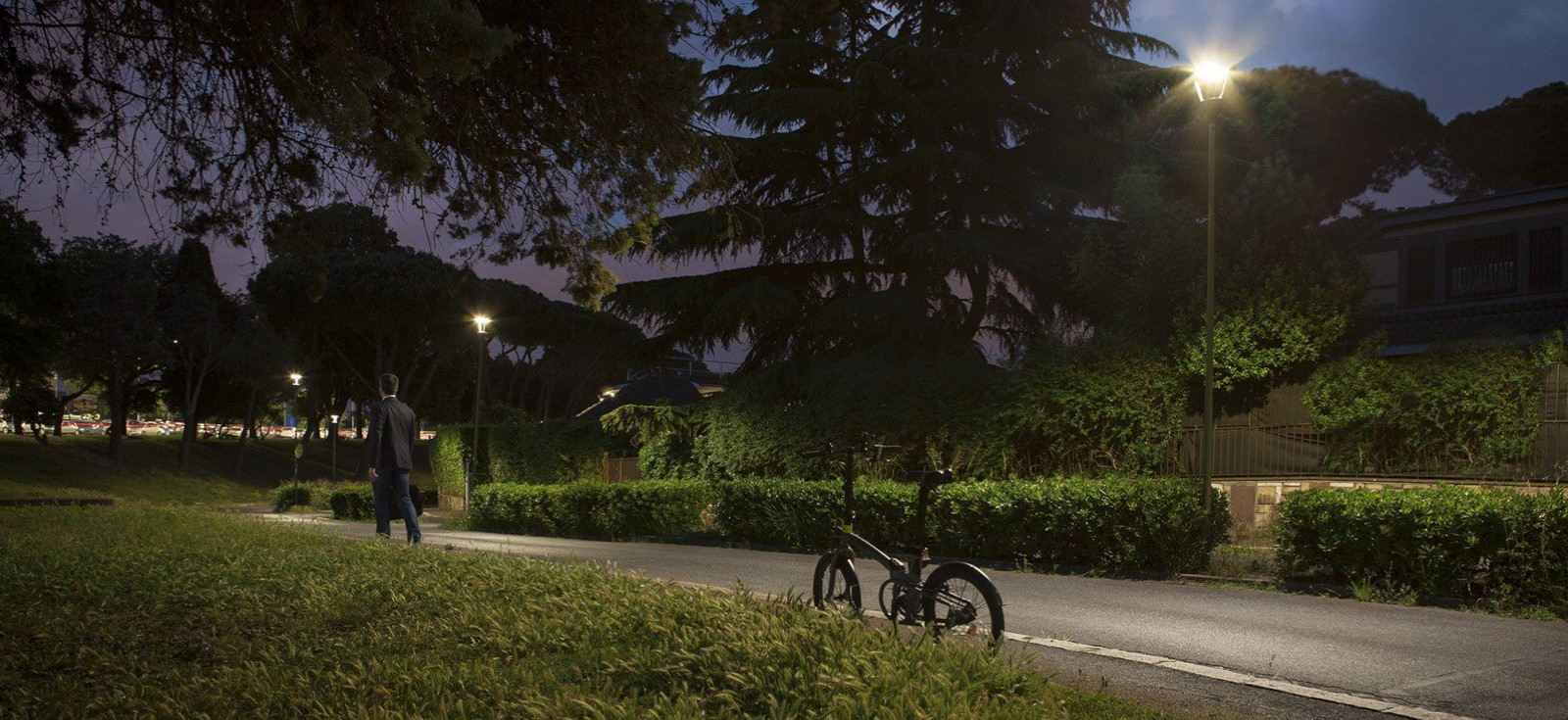
Paths and green areas
Rome, Italy
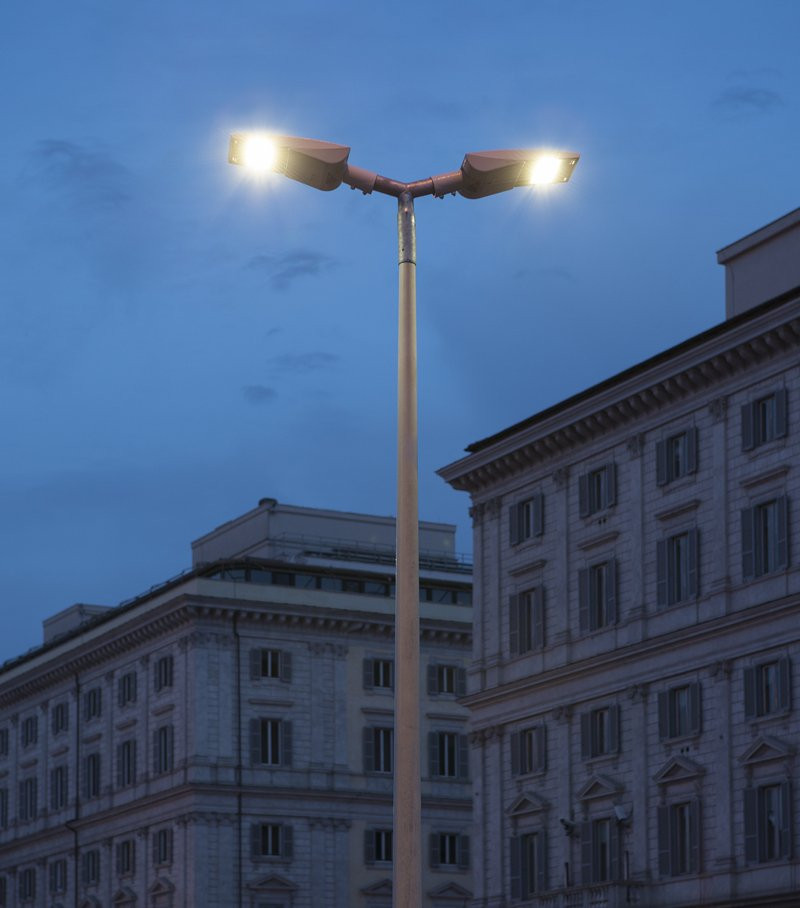
Highly efficient lighting for a safer city
The numbers are impressive, Cariboni group has supplied 5,000 KALOS fittings for the lighting of green areas and pedestrian-cycle paths, and 123,000 KAI fittings for the lighting of urban and non-urban roads. The project, promoted by Acea Illuminazione Pubblica S.p.A., has involved the suburban areas offering everyone living in Rome an increase in quality and safety.The new external functional lighting that Cariboni has produced for the city of Rome uses very highly-efficient LED light sources with a Colour Rendering Index of more than 70: a significant improvement on the performance, compared to that of the old high pressure sodium or metal-halide street lights. The advantages? The new lighting has a positive effect on visibility and reduces chromatic alteration.A whiter light, similar to moonlight, improve the reading of urban spaces and increase the level of safety on the roads. Scientific studies in the field of perception have demonstrated that reaction times in unexpected situations are reduced with a lower-temperature light colour.
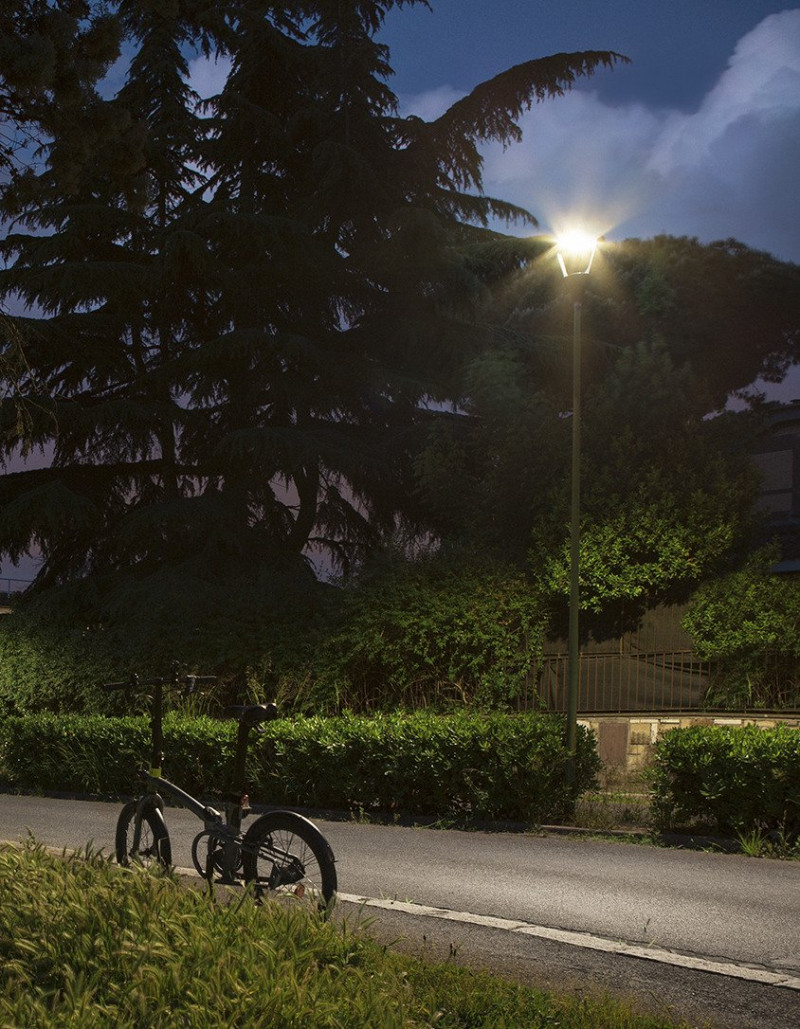
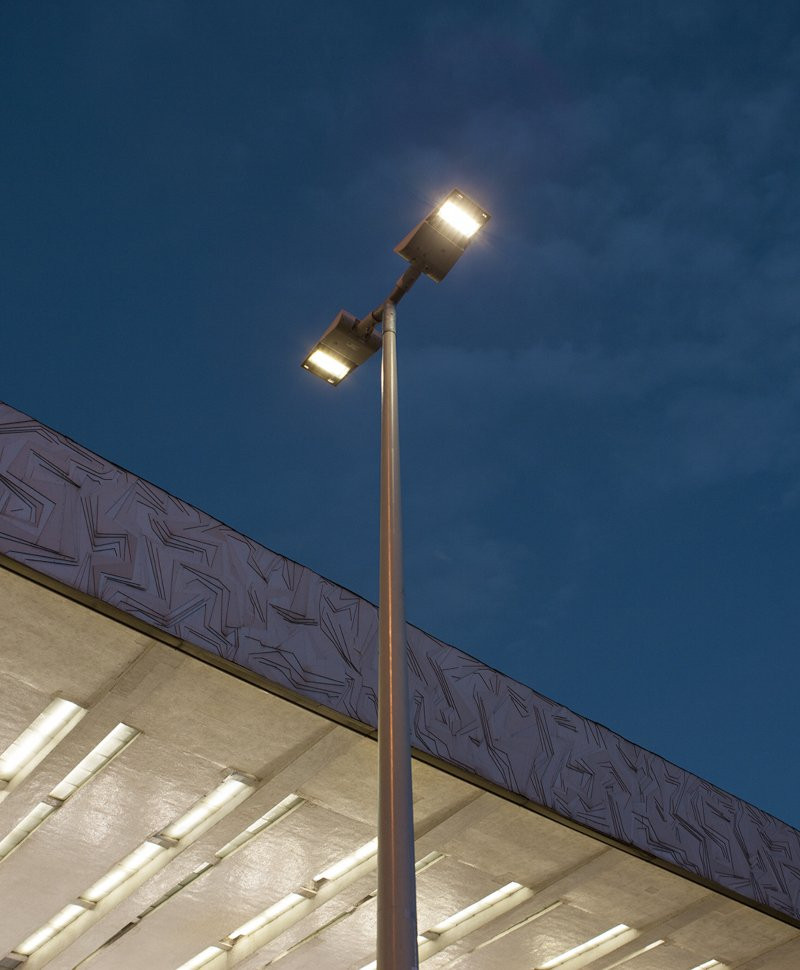
Different optical systems for different requirements, with important advantages for residents
The project included a number of restrictive requirements. In order to be brought into line with current regulations, the substitution of the lighting required a differentiated approach for the various areas of intervention, subdivided by type of system and method of realisation. Aware of the responsibility of the operation, and in order to best respond to the various geometric aspects and photometrical requirements of the city, Cariboni created dedicated high-performance optics which eliminate light pollution, increase visual comfort and guarantee elevated levels of uniformity, allowing for increased security for pedestrians and drivers.
Personalisation, efficiency and Smart technology
Cariboni has supplied the city of Rome with a solution which is not only personalised, and of high-performance and low environmental impact, but which is also technologically advanced. Thanks to the high levels of efficiency of the sources, excellent optical performance and the integrated Smart system of remote control by Reverberi Enetec, the KALOS and KAI fittings created for Rome allow for an elevated reduction in consumption, with an annual energy saving of over 55%.
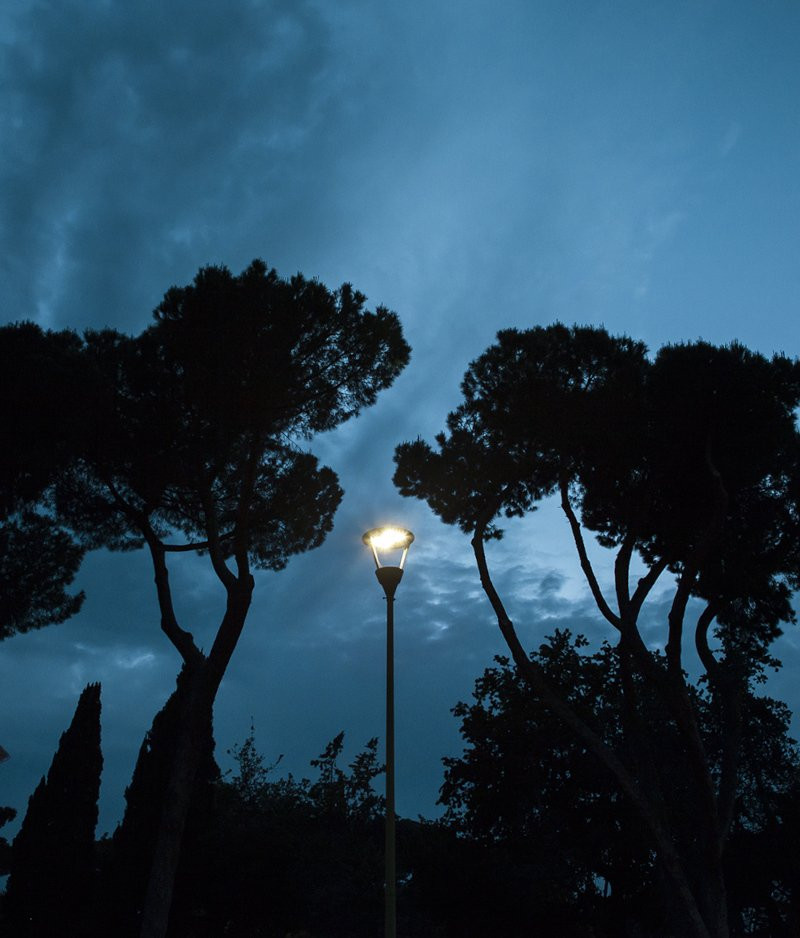
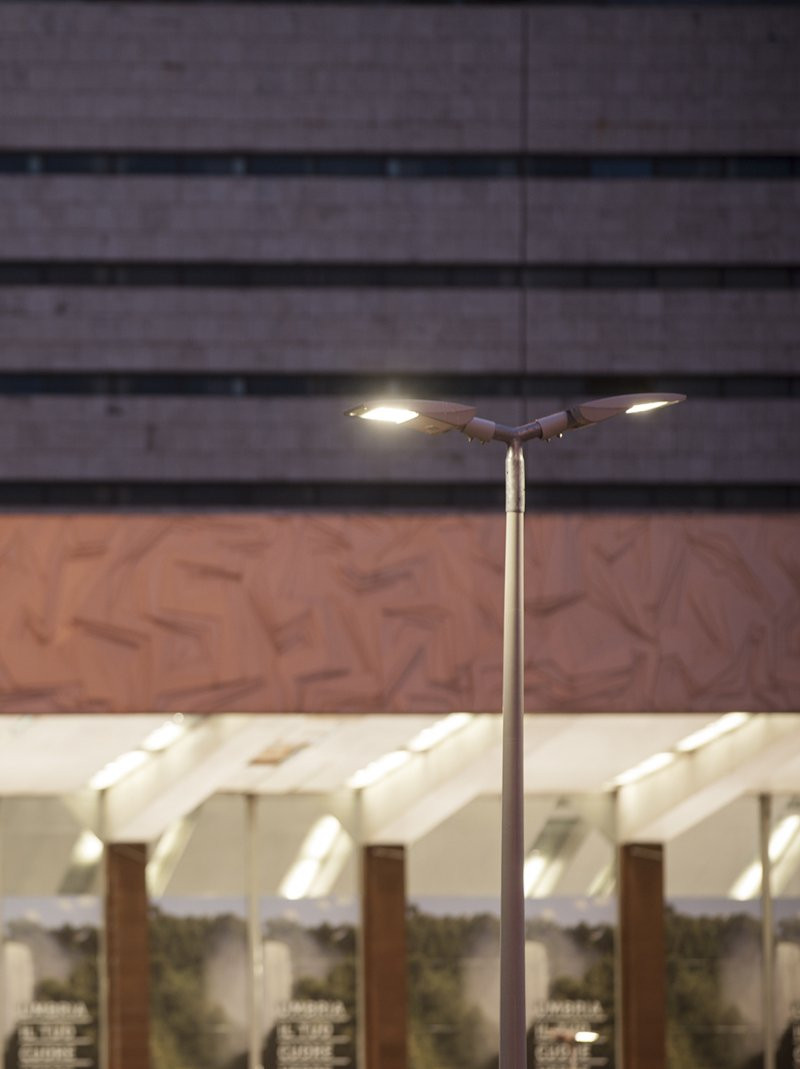
The flexibility of Smart technology
The flexibility of the Reverberi Enetec communication system, which uses PLT technology from the Opera range, offers numerous advantages:
• dynamic lighting adapted to the specific requirements of each urban area;
• the possibility, via the Maestro range software, to remotely define personalised scenarios and programme the quantity of flux, and switching on and switching off times for every single light unit;
• simplify and reduce maintenance operation costs by reporting any anomalies or system damage and with the use of intelligent repair operations on temporary breakdowns;
• it is also a potential instrument for the collection of analogue and digital data from throughout the urban area.
The system forms a capillary infrastructure which is necessary for the creation of the Smart City: acquisition of data regarding traffic and air quality, as well as parking management.
Acea and the Municipality of Rome have proposed themselves as an applicative and experimental area for upcoming innovations in the sector of Adaptive Lighting, or rather illumination regulated in real time according to traffic and weather conditions, as well as light levels in the street.
Press Review: ilsole24ore.com
Information
Products
Client
Municipality of Rome
Designer
Acea Illuminazione Pubblica S.p.A.
